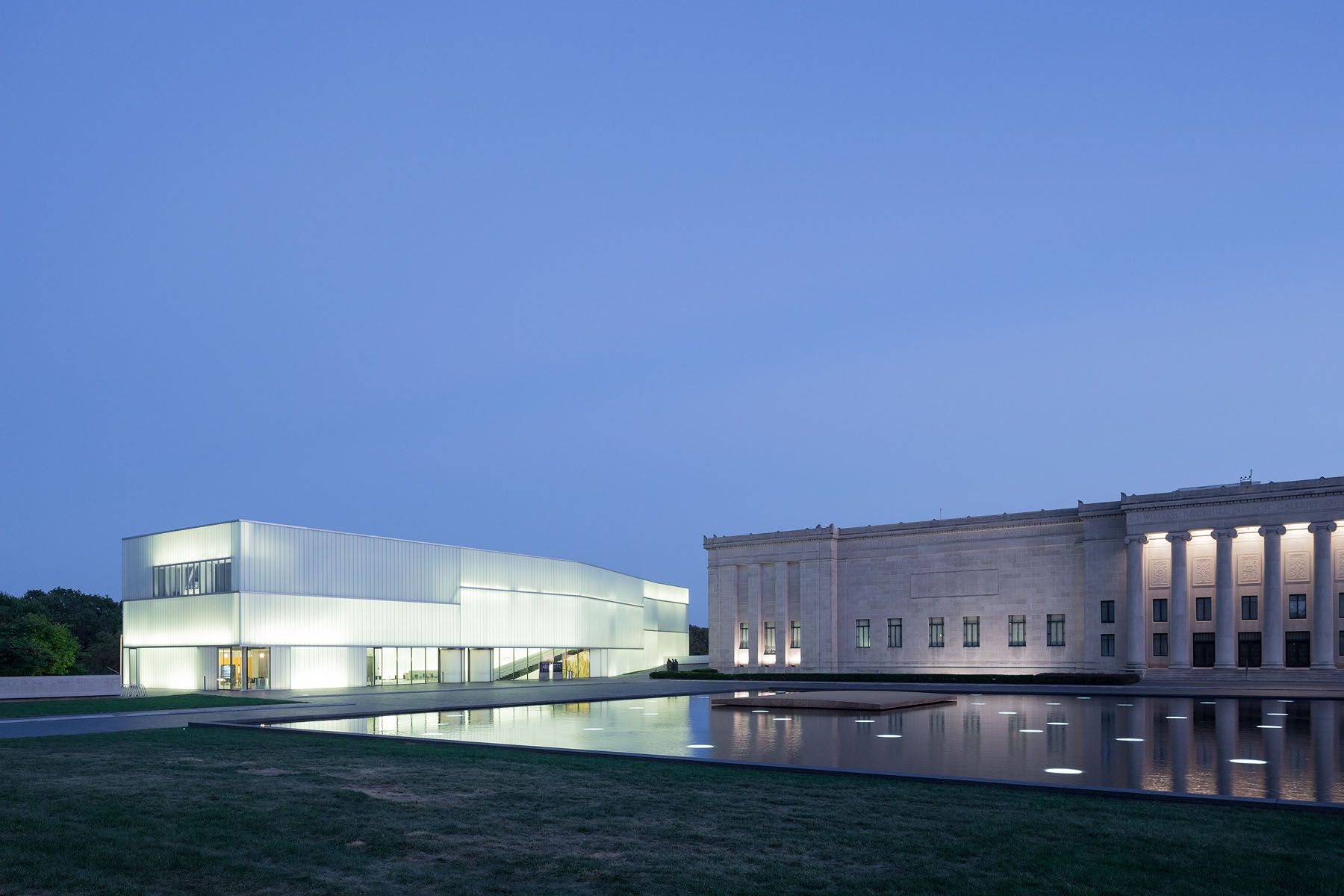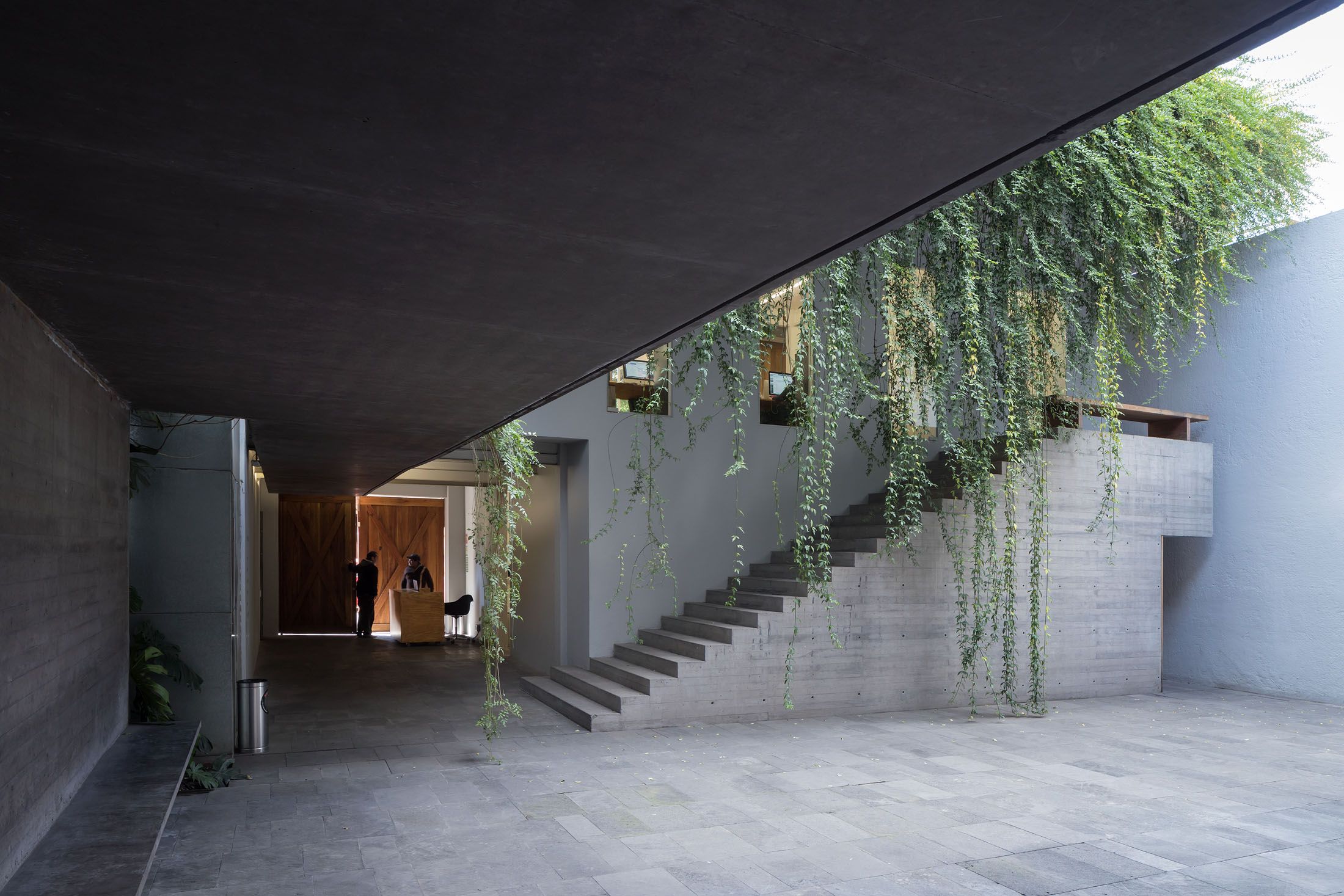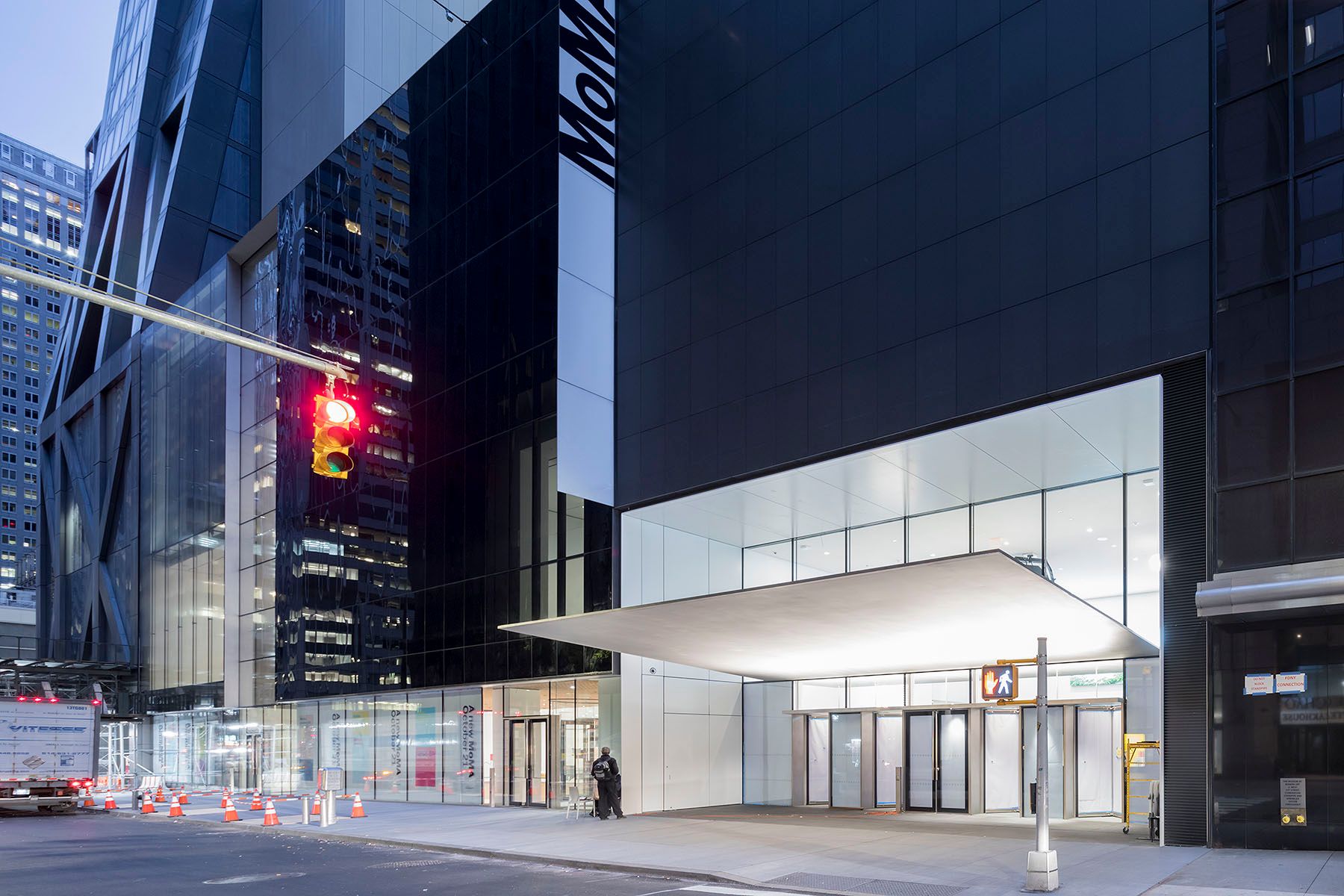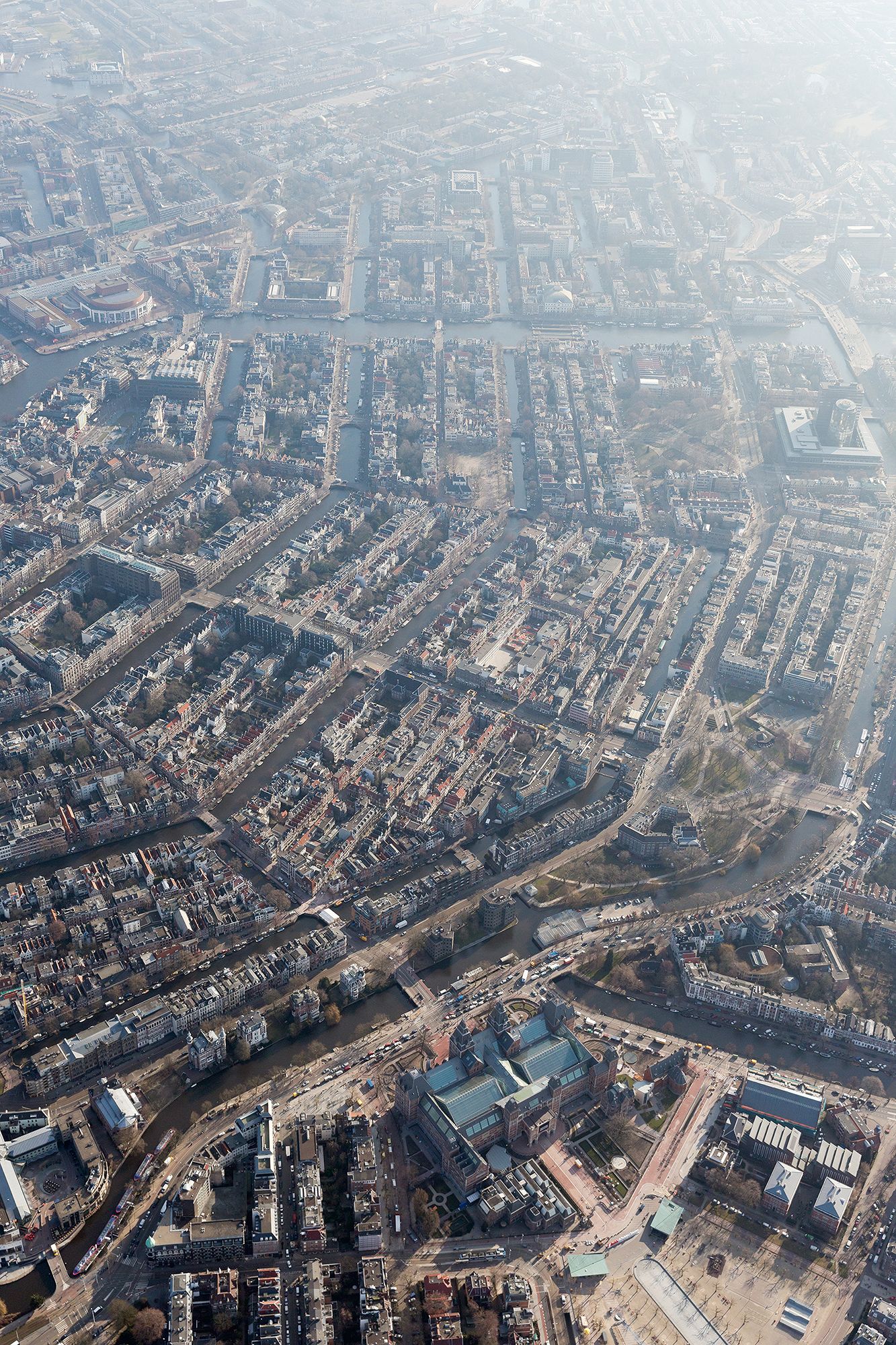Kimbell Art Museum – Louis Kahn
Louis Kahn’s Kimbell Art Museum in Fort Worth is a study in how light can shape space. A sequence of cycloid vaults, each edged with a thin skylight, gathers daylight and reflects it off suspended aluminum “wings,” turning the galleries into soft, luminous chambers. Courtyards punctuate the plan, creating a gentle rhythm between interior and exterior, light and shadow. Built of concrete, travertine, and oak, the Kimbell is both archaic and modern, recalling ancient vaults while remaining stripped of ornament. The result is an architecture of calm precision, where structure, material, and light converge to hold art in a state of quiet clarity.




